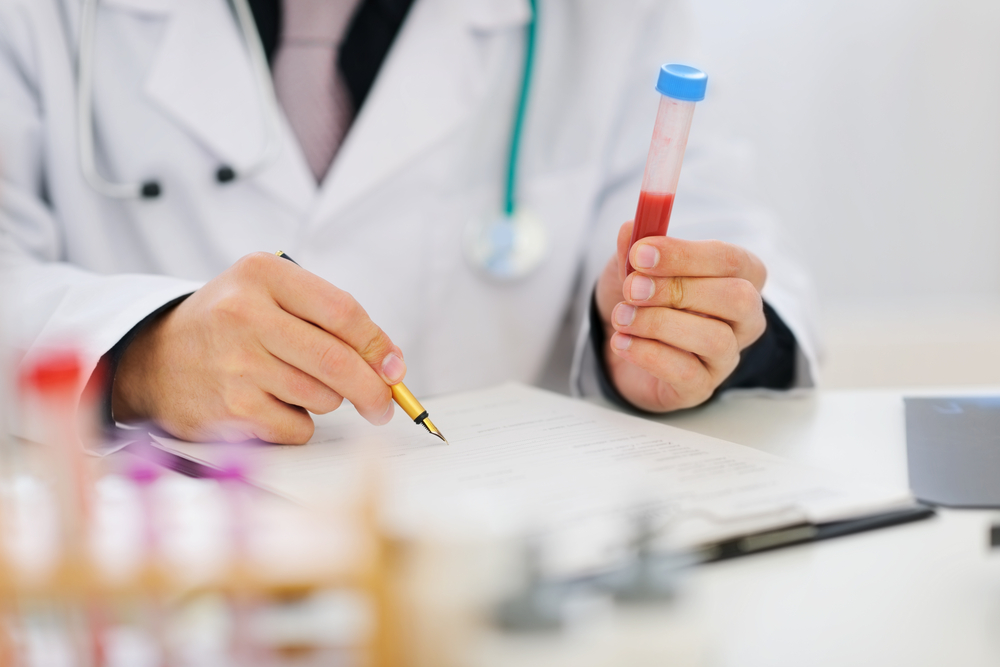
Hemogram analyzer AMP 2007
Screening AMP noninvasive analyzer is designed for complex analysis.
It allows no blood sampling within 180-720 seconds to obtain 131 parameters of life of the human body. These parameters are included as standard clinical blood tests, and many other important parameters that determine the condition of the patient.
Measurements are made using a microprocessor 5, attached to the human body.
Assessment of the body and quantitative parameters expressed in conventional units for each parameter.
In fact, the AMP device is a portable ultra-compact diagnostic laboratory that can make complex express-analysis of the whole organism.
AMP Device indispensable in critically ill patients when to take immediate decisions and do not have time to determine the vital parameters of the traditional methods.
AMP Device allows you to quickly and without material cost to produce a large number of clinical examination of patients with immediate delivery of the printed results of the survey with the preservation of the data in a computer database.
AMP Device miniature. A study carried out on it by one person (doctor) in any environment under any computer to which it is connected. Software Analyzer AMP operates under the operating system Windows XP, Vista, WINDOWS
Based on these results the doctor can make a definite and precise diagnosis.
The survey results can analyze the patient’s doctors once all specializations. Each of them finds in research settings, in which he determines the patient’s condition – each in their field of medical practice: from therapist to therapist
The device AMP has no analogues in the world. The measurements are performed according to the method of Malihina A. The device itself and the method of measurement patented by several patents
Blood counts:
Electrolyte metabolism
- Calcium
- Magnesium
- Potassium
- Sodium
- Coagulation
- The enzymatic system
- The enzymatic system
- Amylase
- Bilirubin
- The protein concentration in plasma
Transportation and oxygen consumption
- The plasma density
- The volume of circulating blood
- The minute volume of blood circulation
- The rate of oxygenation
- The surface gas exchange
- Lung capacity
- Transport of oxygen
- The consumption of oxygen per 100 gram of brain tissue
- Arterial blood oxygenation
- Cardiac output
- Oxygen consumption per kg
- Pulmonary ventilation
- Consumption of O2 per minute
- Myocardial oxygen consumption
- The deficiency of circulating blood
- Vital lung capacity in an expiration phase
- Maximum air flow
- Test Tiffno
- Fibrinogen
- The concentration of creatinine
- Dopamine beta-hydrolase
- Lactic Acid
- Urea
- Glucose
- Triglycerides (TG)
Oxidation of fatty acids
- Cholesterol
- Lipoproteins
- VLDL
- XM and VLDL
- LDL cholesterol-rich
Real consumption and carbon dioxide
- Allocation of CO2
- The rate of production of CO2
- The blood flow of the internal organs as a percentage of total blood flow
- The blood flow of the internal organs in ml / min
- Acetylcholine
- Cardiomechanics intervals
- Reduction of the left ventricle
- Arterial pressure
- The resistance of the pulmonary circulation
- The width of the third ventricle
- Time circulation systemic circulation
- The spectral absorption wavelength of CO2 in blood
- Spectral wavelength of N2O absorption
- H2 concentration of gastric juice
- Blood pH
- Glutamic acid
- Tyrosine acid
- Creatinine kinase in muscle
- Creatinine kinase in heart
- Glycogen
- The power of life support
- Working level of oxygen consumption
- Time of a single load
- Respiratory coefficient
- Tyrosine
- Cerebral blood flow
- Testosterone
- Estrogen
- Water and salt exchange, the distribution of water in the body
- Blood flow per 1 gram of brain tissue and blood flow per 1 g thyroid
- Tissue oxygen extraction index
- The sphincter of Oddi basal pressure
- Prothrombin index
